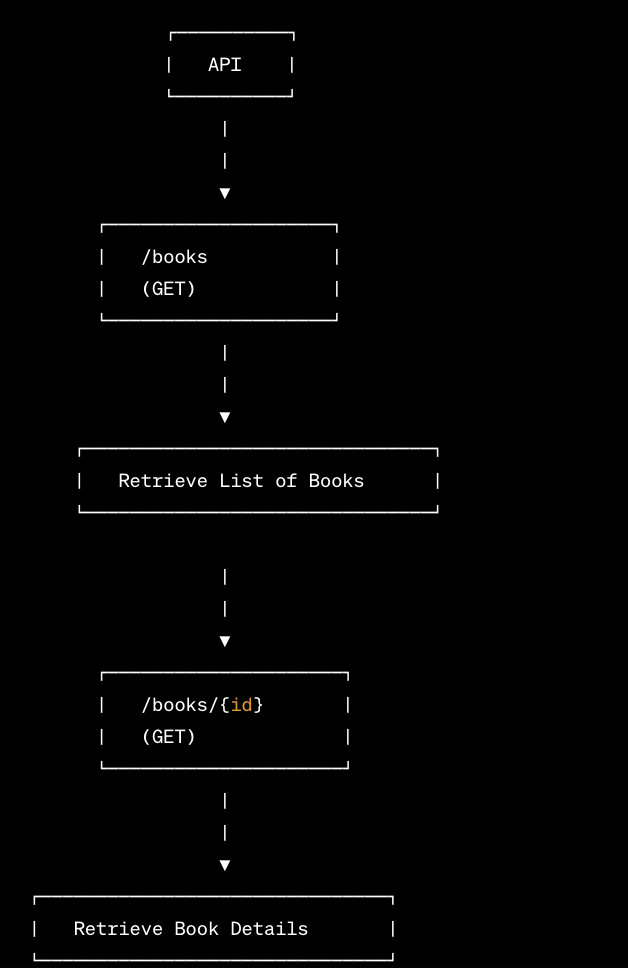Need help connecting business systems? Want to automate up to 80% of your processes? Then you need an API.
APIs are playing an essential role in facilitating communication between IoT (Internet of Things) and AI-driven devices. The traditional request-response paradigm of APIs has been adapted to an event-driven approach. This modification allows APIs to become more intensified in enabling seamless interaction and data exchange between these devices. In this article, we’ll take a deep dive into everything you need to know about APIs and how they work, we’ll specifically cover the following:
- An Overview of APIs
- What are web APIs?
- API Endpoints Explained
- Creating APIs
An Overview of APIs
In recent years, Application Programming Interfaces, or APIs, have experienced an unprecedented surge in popularity, revolutionizing the way software systems interact and enabling seamless integration between diverse applications. The widespread adoption of APIs can be attributed to several key factors.
Firstly, the rise of cloud computing and the increasing demand for interoperability between various platforms have necessitated a standardized approach to data exchange and communication. APIs provide a consistent and structured means for software components to interact, empowering developers to leverage the functionality and data of external services effortlessly.
Additionally, the growing emphasis on modular and scalable software development practices has fueled the appeal of APIs, as they offer a way to abstract complex functionalities into reusable and easily accessible components. Furthermore, the vibrant developer community, along with the advent of open-source software and collaborative ecosystems, has contributed significantly to the proliferation of APIs.
By sharing and building upon each other’s work, developers have accelerated the evolution of APIs, making them more robust, diverse, and comprehensive. As a result, APIs have emerged as a cornerstone of modern software development, driving innovation, fostering integration, and propelling the rapid growth of interconnected digital ecosystems.
What are web APIs?

What is an endpoint?
For example, let’s consider a fictional API for an online bookstore. The API may have endpoints such as:
/books: This endpoint could be used to retrieve a list of books available in the bookstore’s inventory./books/{id}: This endpoint would allow you to fetch the details of a specific book by providing its unique identifier./books/{id}/reviews: This endpoint could be used to fetch the reviews for a particular book identified by its ID./orders: This endpoint would handle the creation of new book orders.

In this scenario, each endpoint represents a distinct functionality or resource within the API. By making requests to these endpoints using appropriate HTTP methods (such as GET, POST, PUT, DELETE), developers can interact with the API and retrieve or manipulate the desired data. Endpoints serve as the entry points to access different parts of the API’s functionality, allowing developers to access and utilize the offered services effectively.
What is an API gateway?
Here are some key functionalities and benefits of an API gateway:
1. API Aggregation: An API gateway allows clients to access multiple APIs through a single endpoint. It acts as a mediator, consolidating requests from clients and forwarding them to the appropriate backend services. This aggregation capability reduces the complexity and overhead of managing multiple API endpoints on the client-side.
2. Request Routing and Load Balancing: API gateways can intelligently route requests to different backend services based on various criteria such as URL, headers, or parameters. This enables load balancing across multiple instances of the same service and facilitates the distribution of traffic for better performance and scalability.
3. Protocol Translation: API gateways can handle protocol conversions between different communication protocols or message formats. For example, it can receive requests over HTTP and convert them to a protocol suitable for backend services, such as gRPC or AMQP.
4. Security and Authentication: API gateways provide a centralized location for implementing security measures such as authentication, authorization, and rate limiting. It can enforce authentication mechanisms, validate access tokens, and authorize client requests before forwarding them to the backend services. This centralized security layer enhances the overall security posture of the system.
5. Caching and Performance Optimization: API gateways often include caching mechanisms to improve performance and reduce the load on backend services. By caching responses, the gateway can serve subsequent requests directly from its cache, reducing the need to forward requests to backend services for certain types of data.
6. Analytics and Monitoring: API gateways collect and analyze data about incoming requests and responses, allowing for metrics tracking, logging, and monitoring. This enables administrators to gain insights into API usage, identify performance bottlenecks, and troubleshoot issues effectively.
Schedule a free consultation today
Want to speak to a human about how integrating system softwares via an API? Fill out the form below for a free consultation.
How to create an API
Creating an API requires careful planning, design, implementation, and ongoing maintenance. By following these steps and considering best practices, you can develop a robust and developer-friendly API that effectively meets the needs of your target audience. Here is a summary of the process:
Define the purpose & functionality: Determine the purpose and objectives of your API. Identify the specific functionality or services you want to expose to developers or client applications.
Design the API: Design the API structure, including endpoints, request/response formats, data models, and supported operations. Consider using industry-standard design principles, such as REST (Representational State Transfer) or GraphQL, to ensure a clear and intuitive API architecture.
Choose the stack: Select the appropriate technology stack for developing your API. Consider factors such as programming language, frameworks, libraries, and databases that align with your project requirements and expertise.
In Conclusion…
API developers play a vital role in constructing resilient and high-performing APIs that foster smooth communication between software applications, elevate user experiences, and enable seamless integration with external systems. Their expertise and efforts can be instrumental in propelling your business forward by optimizing efficiency, saving valuable time, and minimizing costs.
Looking for an API developer to help your business grow? Give us a call on 303.473.4000 or click here to get in touch.
Stay tuned for more…
Jeff

Busy running your business? We can help..
Our team of programmers are here to help you with all of your API system integration needs. Click here to start your free consultation today.
READY TO START GROWING YOUR BUSINESS?
Schedule a free, No Obligation Consultation about our Digital Marketing Services
let’s start marketing
Say Hello!
We would love to discuss your project with you. Get in touch by filling out the form below and we’ll contact you asap. Want to speak to a human now? Text or call 303.473.4400

